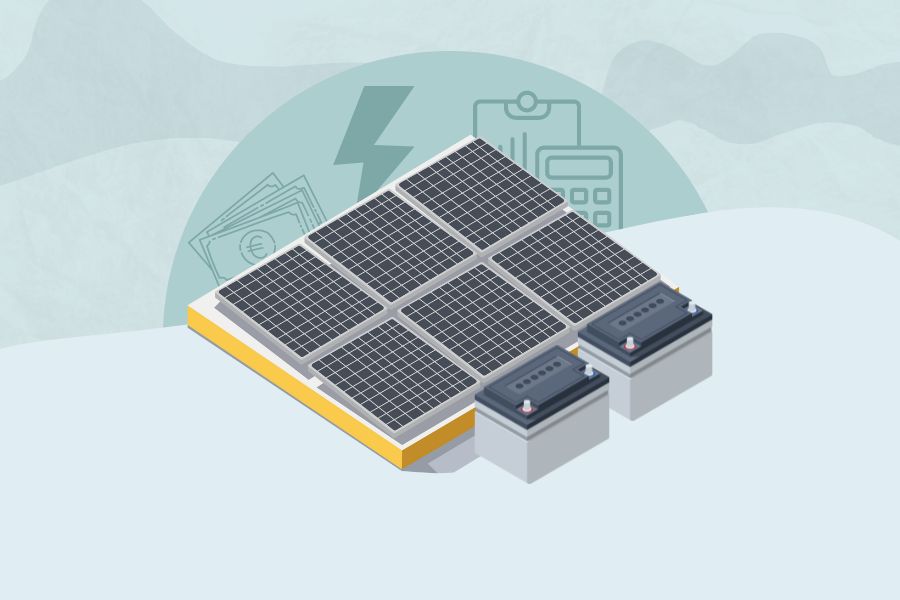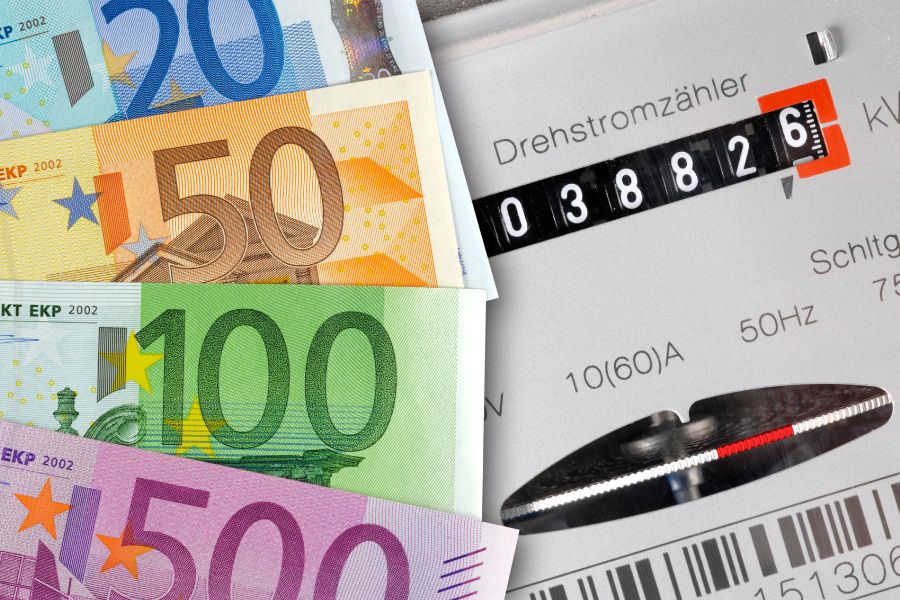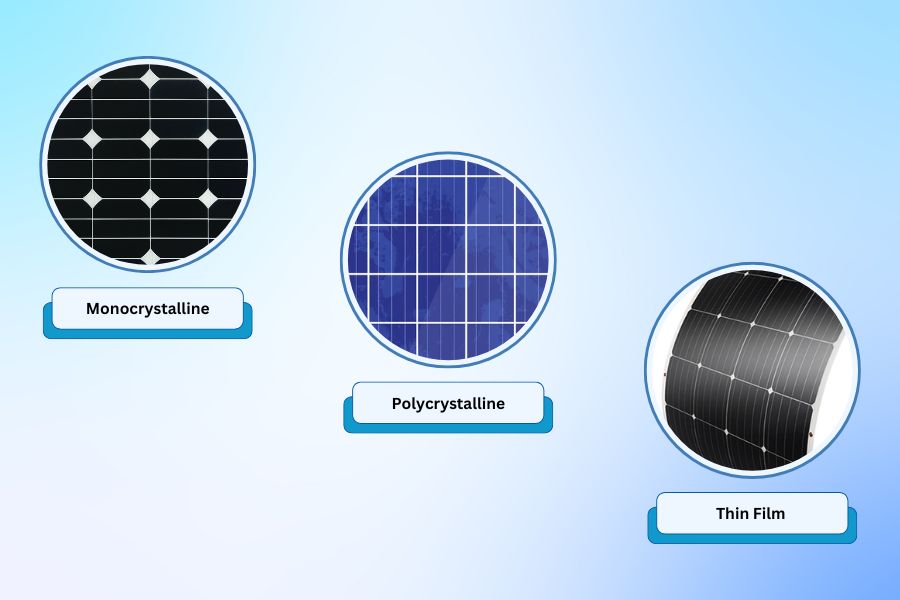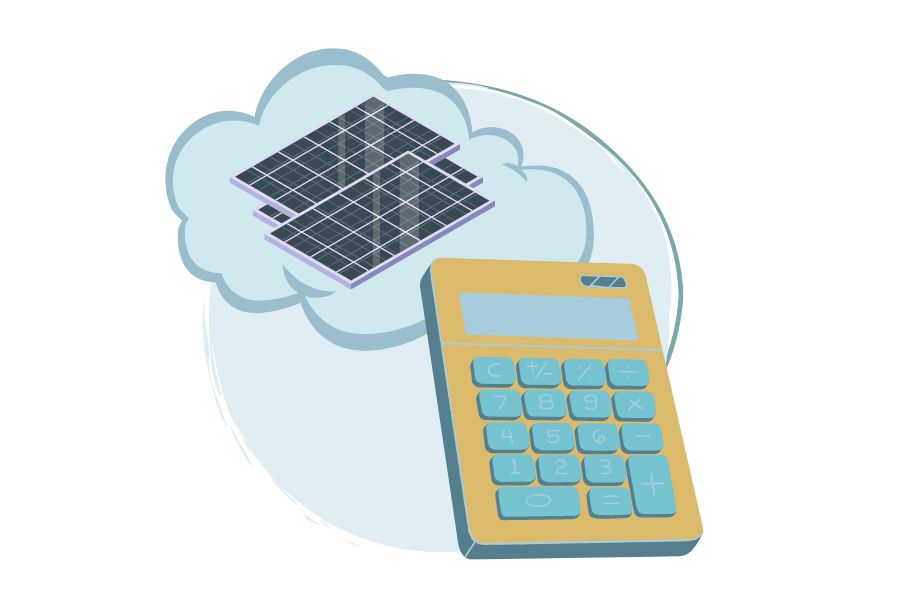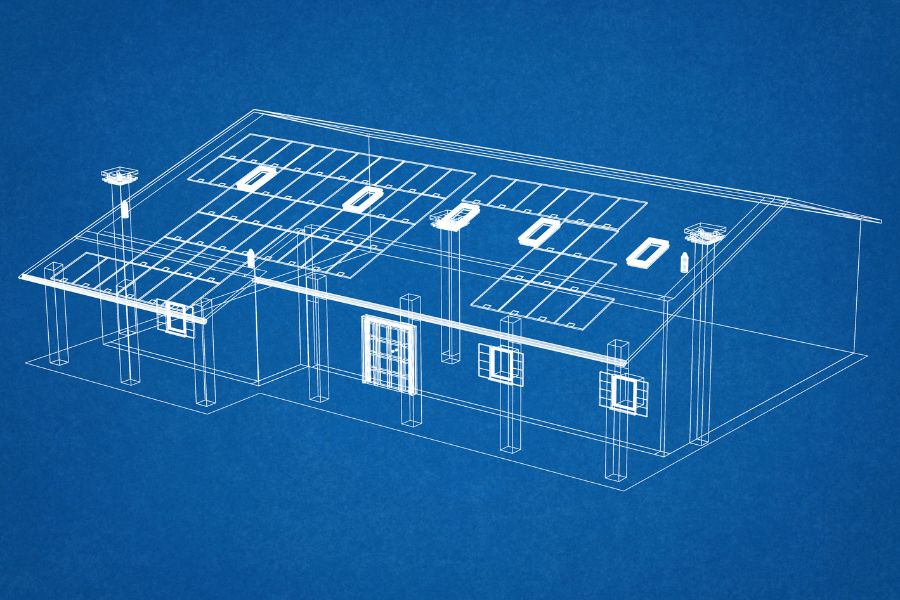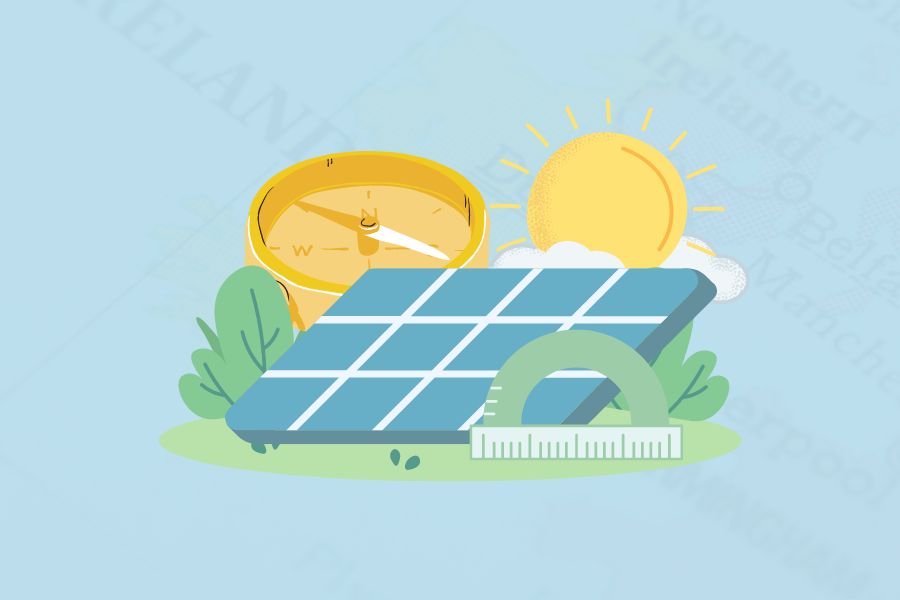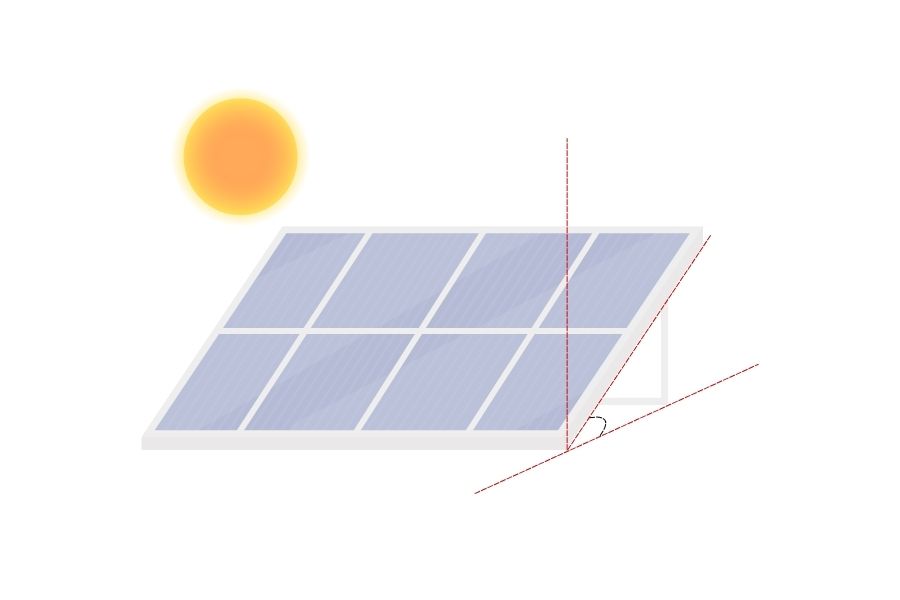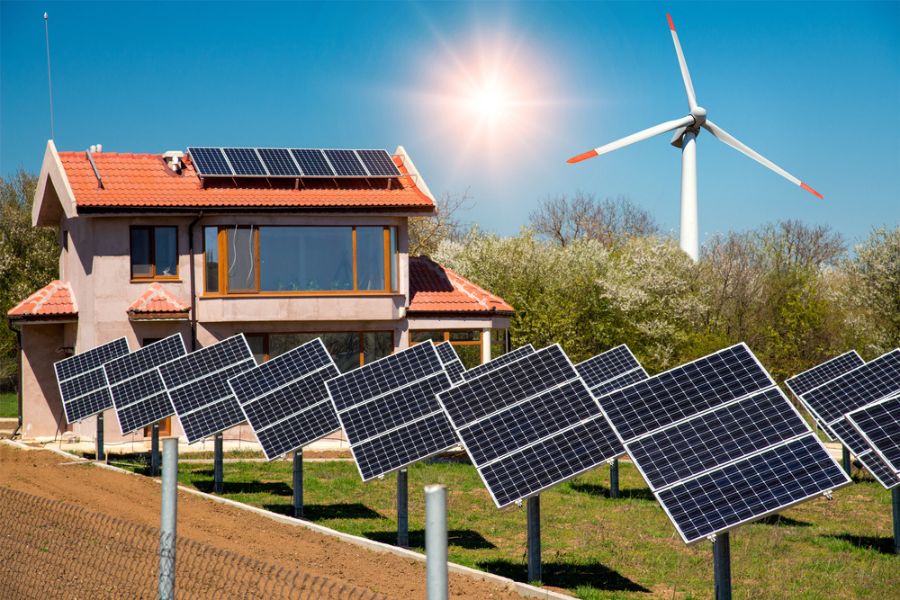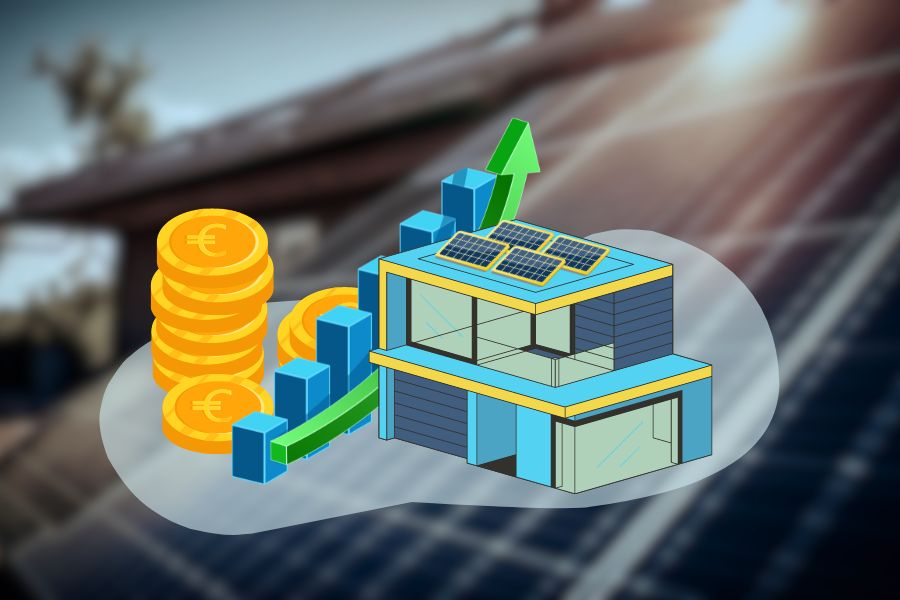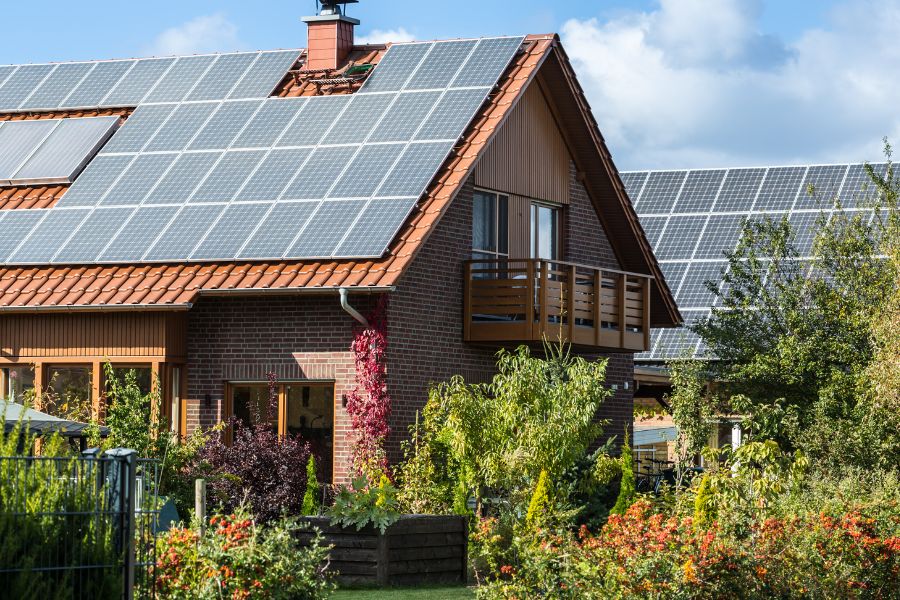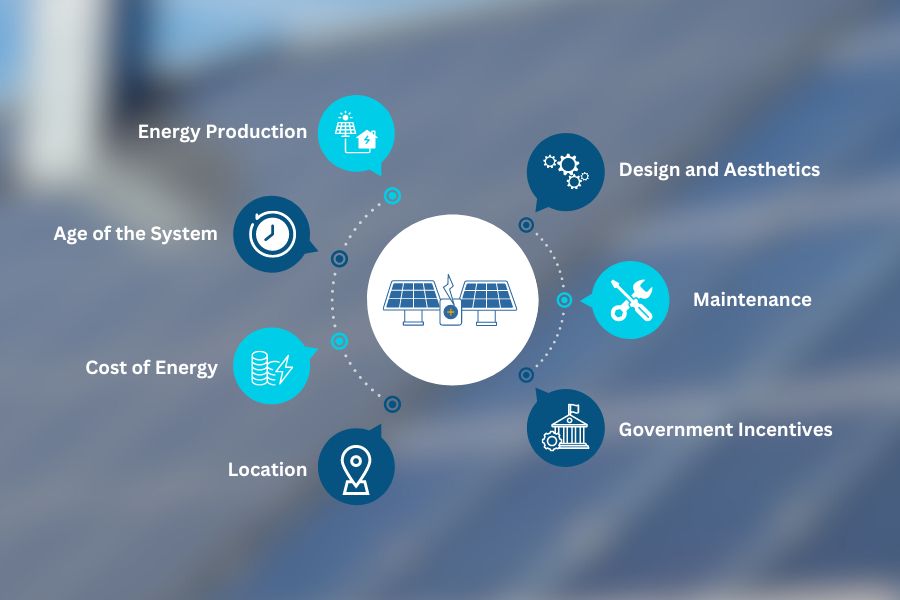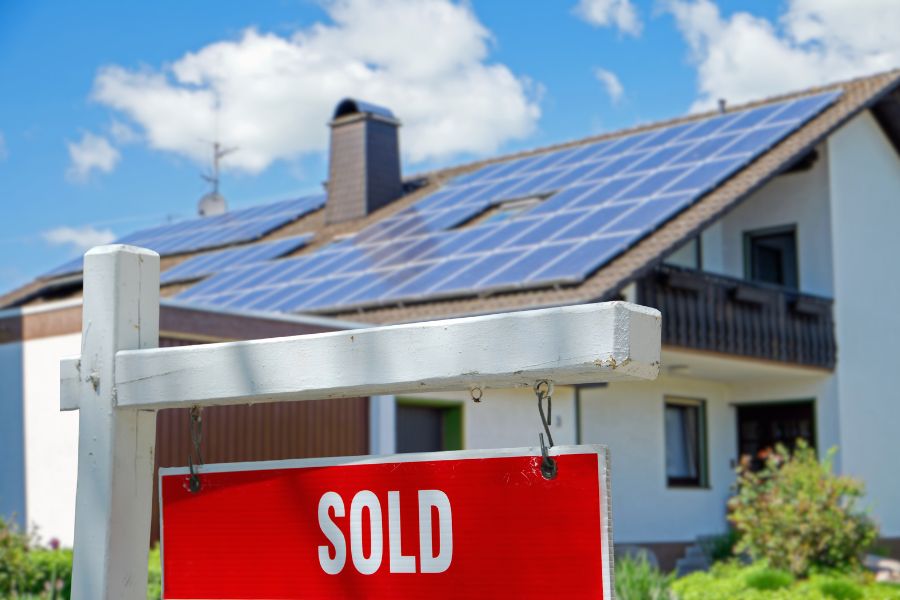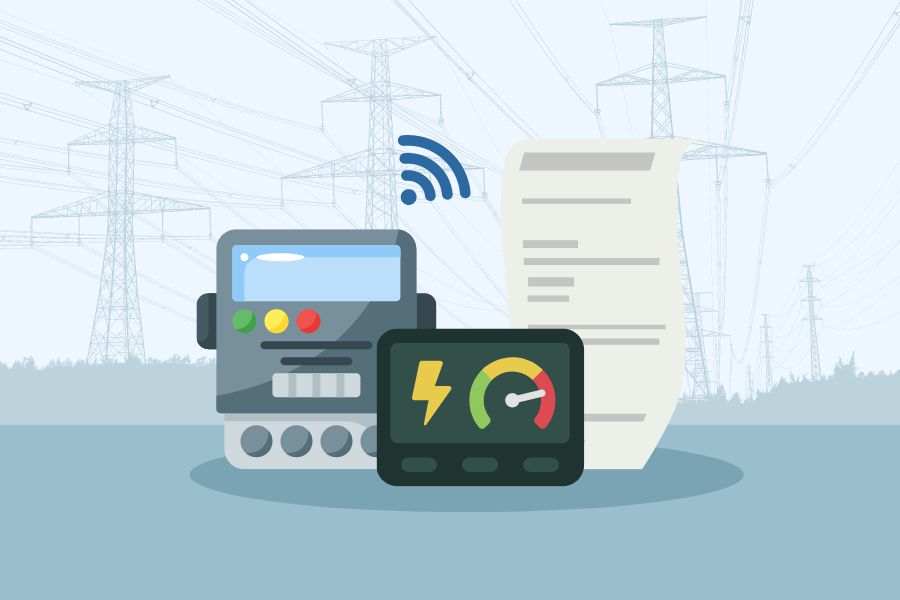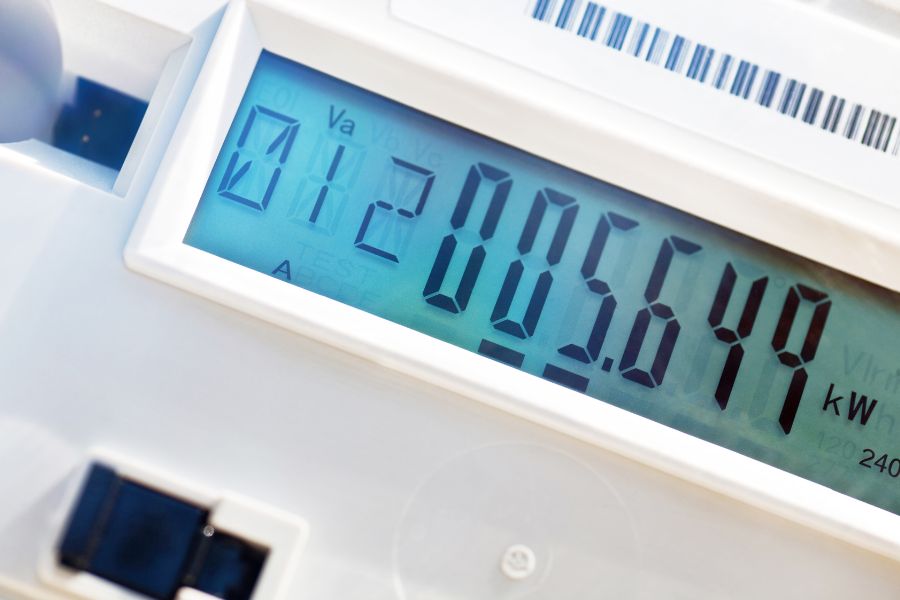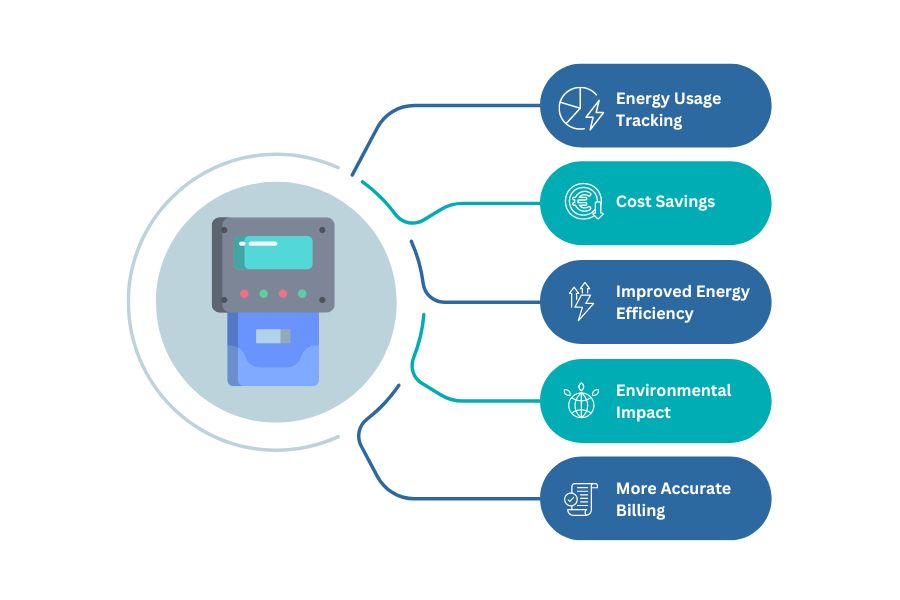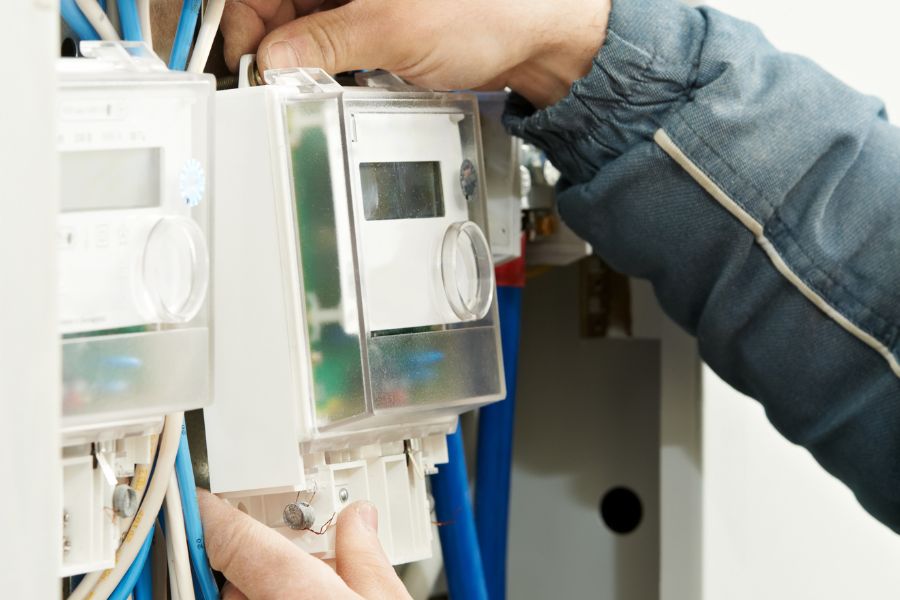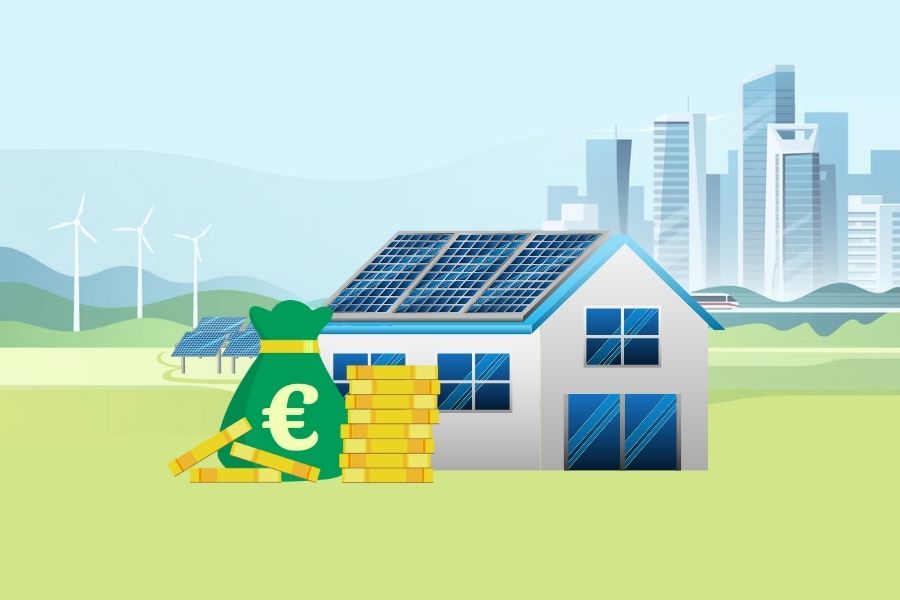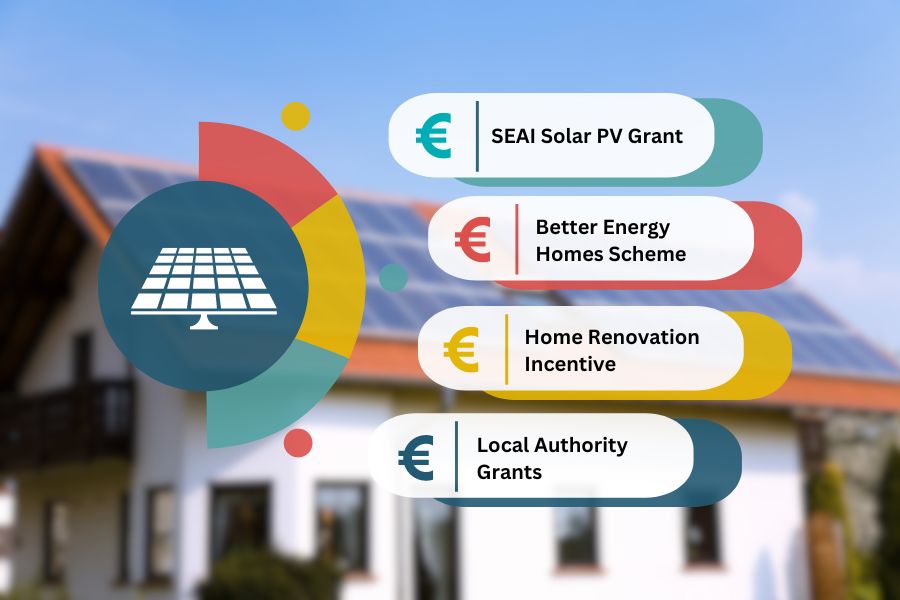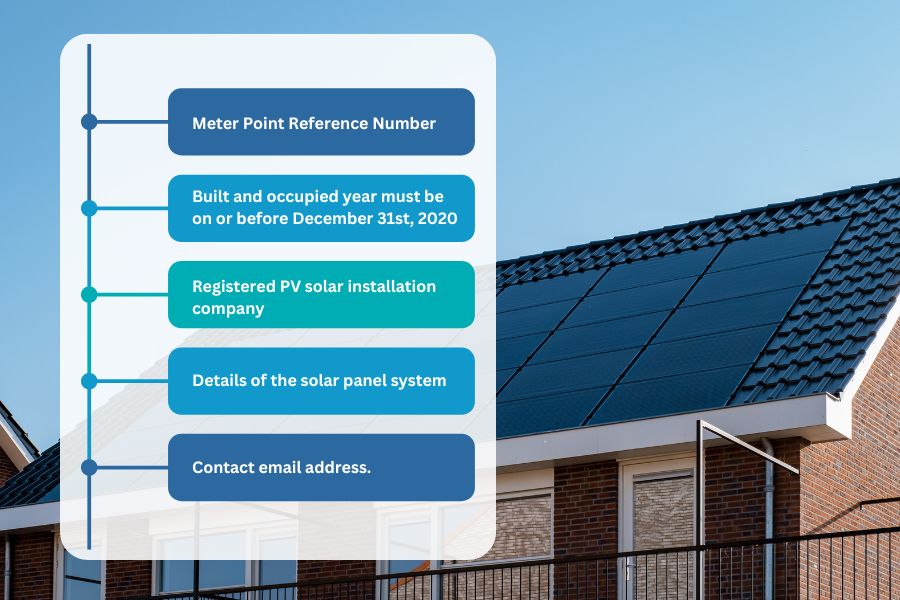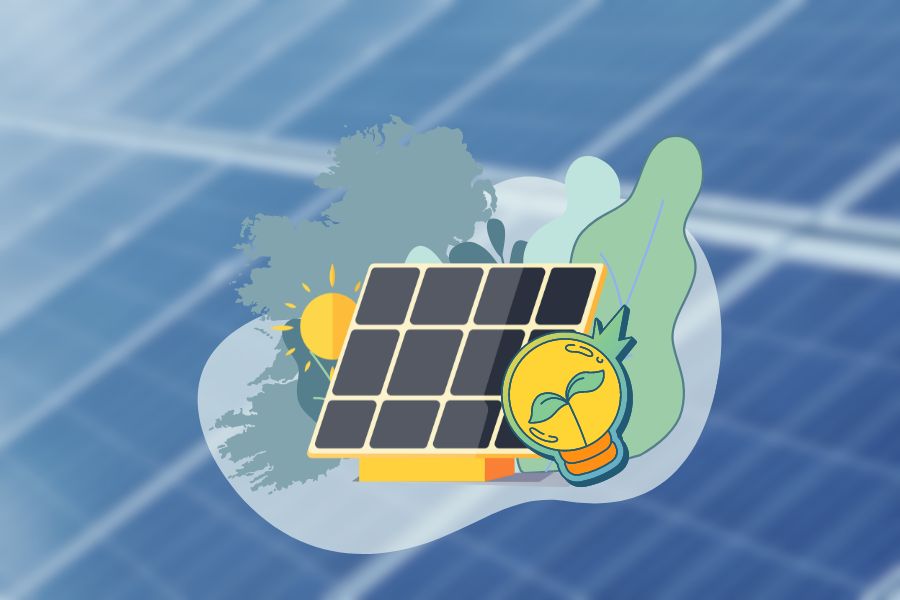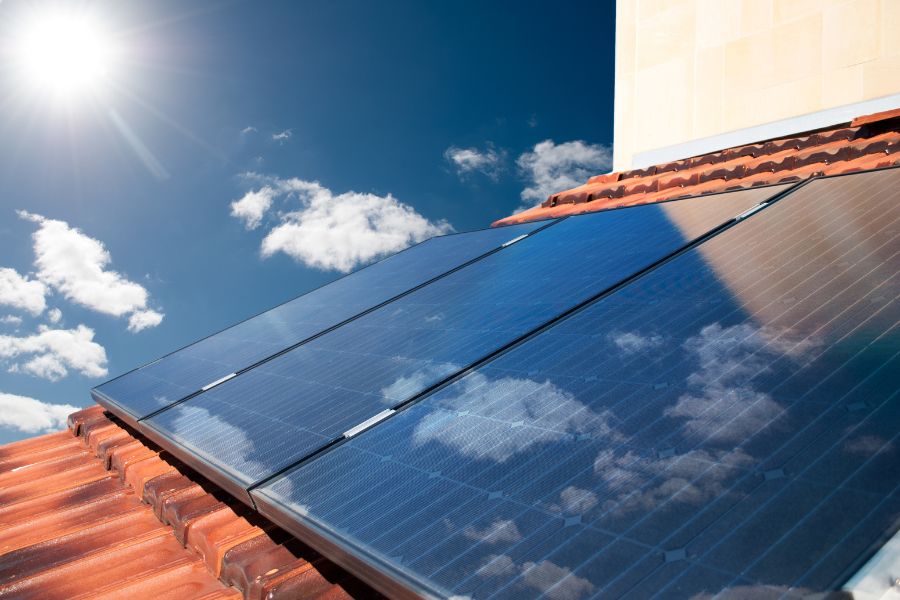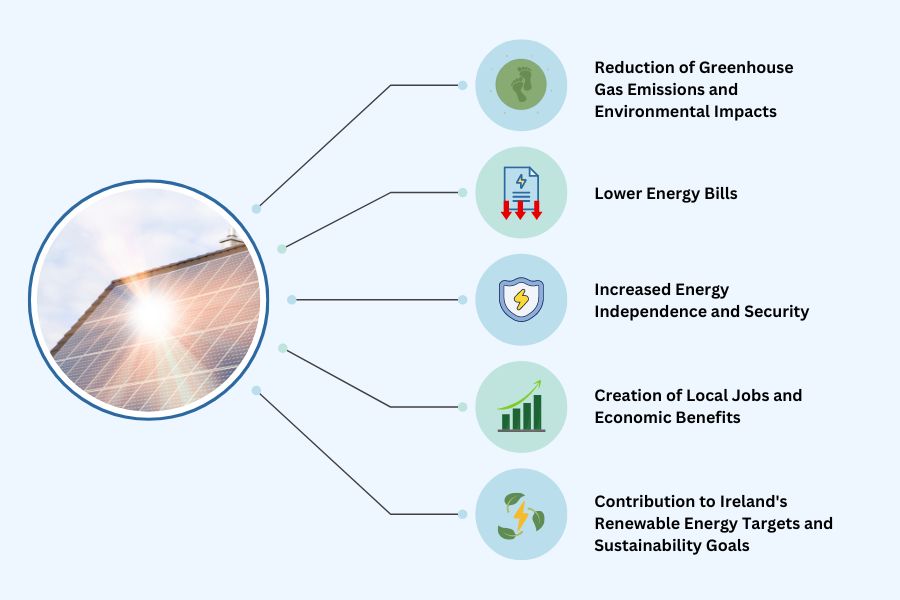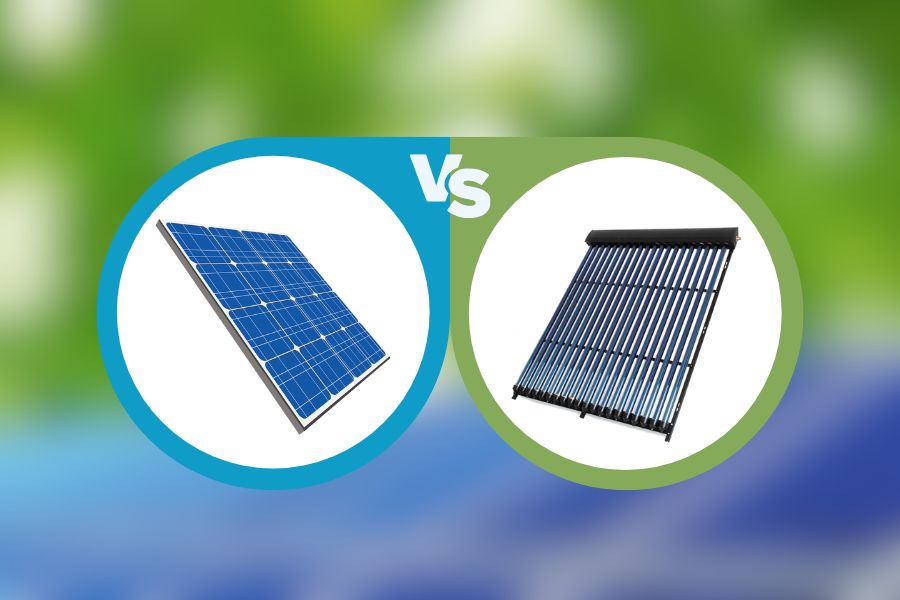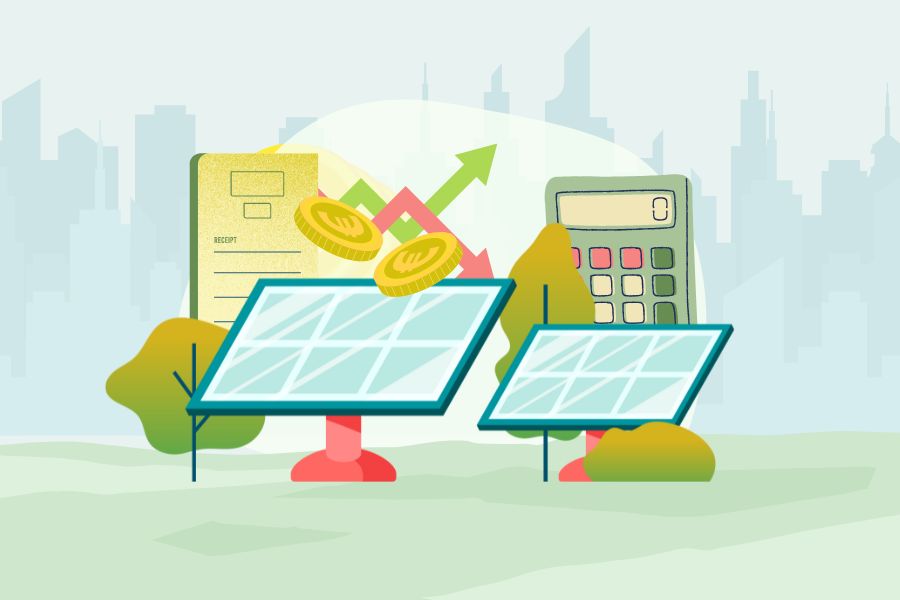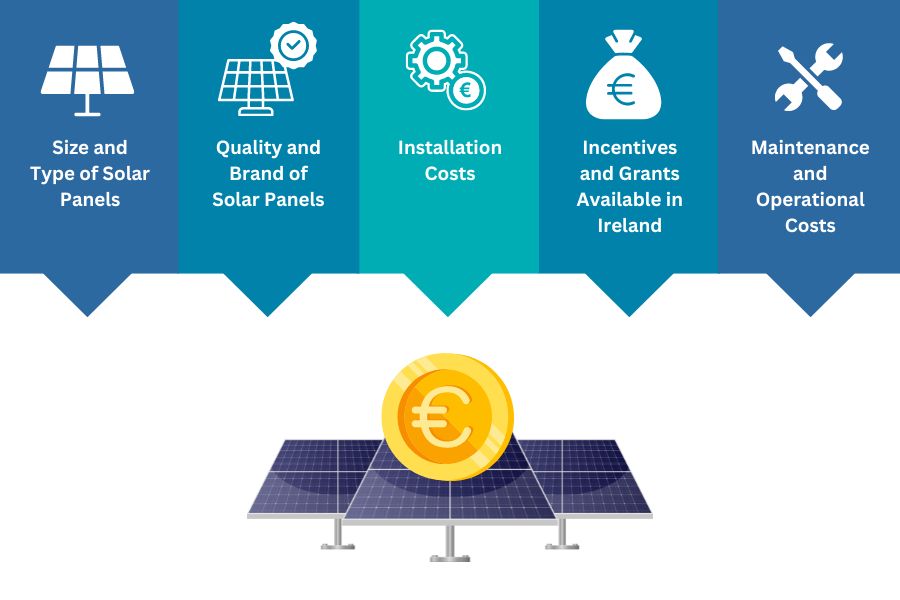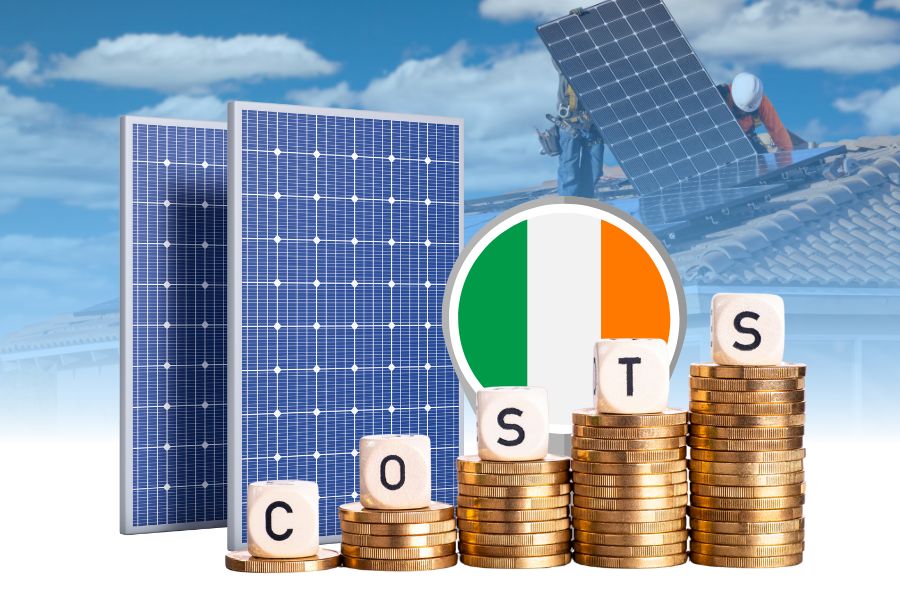Navigating planning permission for solar panels in Ireland can seem like a maze, but don’t worry – it’s more straightforward than you might think!
There are rules and regulations, yes, but understanding them can make the process go smoothly. Some installations might not need permission at all, while others will.
Factors like the size of your installation, its location, and the property type play a big part in this. This guide will walk you through the ins and outs, helping you secure the green light to go green!
Do I Need Planning Permission for Solar Panels in Ireland?
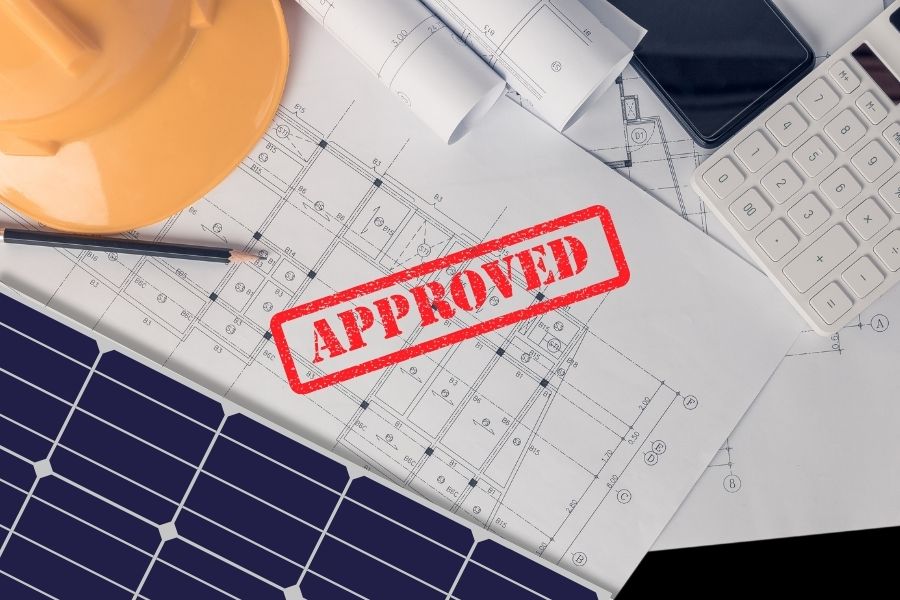
The answer is no; in most cases, planning permission is not required. Previously, installing solar panels larger than 12 square meters on homes and 50 square meters on businesses required planning permission.
However, since October 2022, these restrictions have been lifted. Property owners are now free to install as many solar panels as they like without planning permission, and there are no limitations on the installation size.
Are There Any Restrictions?
While there are no restrictions on the number or size of solar panel installations, some apply in certain situations.
Properties near airports, helipads, and emergency and military facilities must adhere to a 300-square-meter limit for the planning exemption to apply.
Furthermore, solar panel systems in airport zones require planning permission if they exceed 300 square meters, while properties outside the airport zone do not require exemptions.
Lastly, for properties listed as being of architectural or heritage importance, solar panels may be installed as long as they do not interfere with the character of the building.
Property owners can install solar panels safely and efficiently if they adhere to these restrictions and other relevant regulations and guidelines.
How to Apply for Planning Permission?

If you are in a situation where planning permission is required for your solar panel installation, there are a few steps you can take to apply for permission:
1. Contact Your Local Authority
You can contact your local authority’s planning department to find out what documentation you must submit with your application. They can also advise you on the fees and timelines involved.
2. Gather Required Documentation
You must gather the necessary documentation, including architectural drawings, site maps, and a proposed solar panel installation description.
3. Submit Your Application
Once you have gathered all the necessary documentation, you can submit your planning permission application for solar panels in Ireland to the local authority. You may need to pay a fee with your application
4. Wait for a Decision
After submitting your application, you will need to wait for a decision from the local authority. Depending on the project’s complexity, the decision process can take several weeks to months.
5. If Approved, Start the Installation
If your application is approved, you can install your solar panels. It is essential to follow all safety and building regulations during installation.
Remember, it is always best to seek professional advice if you need clarification on any aspect of the planning permission process.
How the 300SQM Limitation per Roof Works in Practice
The 300 sqm limitation per roof is a regulation in Ireland that limits the size of solar panel installations installed on a single roof without requiring additional planning permission.
This means an additional planning permission application is required if the total area of solar panels on a single roof exceeds 300 sqm.
In practice, this limitation can affect both residential and commercial solar panel installations. For example, if you want to install solar panels on a large roof, you may need to carefully consider the size and layout of the solar panel system to stay within the 300 sqm limit.
This may mean choosing a more efficient solar panel model or spreading the panels across multiple roofs or areas.
For commercial solar panel installations, the 300 sqm limitation can have a more significant impact, as many commercial buildings have larger roofs.
In some cases, it may be necessary to install multiple smaller solar panel systems across different building areas or to apply for additional planning permission to install a more extensive solar PV system.
What the General Restrictions Are on Exempted Development in Respect of Protected Structures and Architectural Conservation Areas
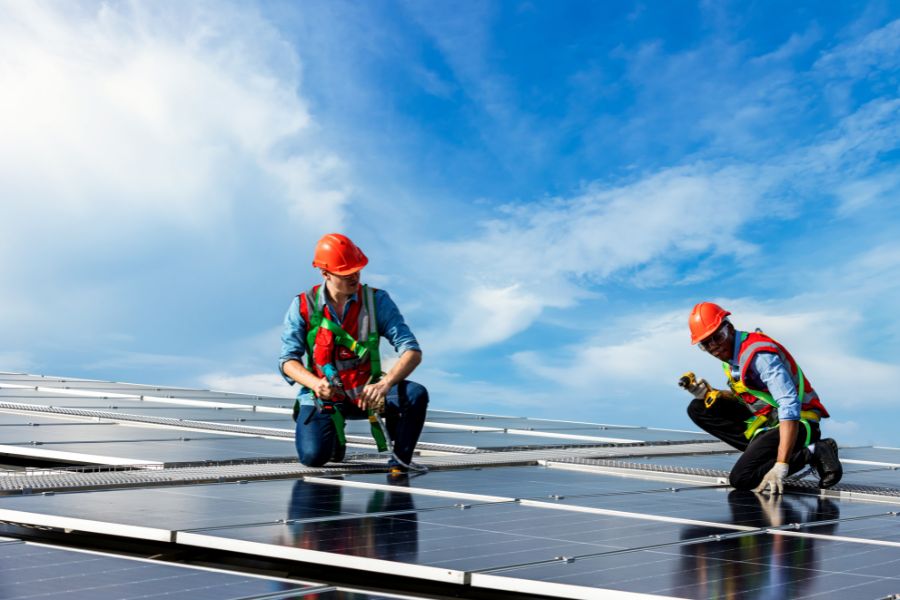
The General Restrictions on Exempted Development in Respect of Protected Structures and Architectural Conservation Areas can impact rooftop solar installations and renewable energy projects in Ireland. These restrictions are in place to safeguard the character and integrity of protected buildings and conservation areas.
When it comes to larger rooftop solar installations covering the entire roof, there may be restrictions on the size and placement of solar panels to preserve the historic character of a building or area.
The authorities may also designate certain areas as solar safeguarding zones, which impose restrictions on installing rooftop solar panels to preserve the area’s visual appeal.
Regarding exempted development, the regulations state that any works that materially affect the character of a protected structure or conservation area require planning permission.
Even if a solar panel installation falls within the 300 sqm limit per roof and would otherwise qualify for exemption from planning permission, it may still need approval if it would significantly impact the character of a protected structure or conservation area.
Takeaway
Solar panel installations in Ireland are subject to building regulations, planning permission requirements, and guidelines for the SEAI Solar PV Grant Scheme.
Building regulations in Ireland require all solar panel installations to comply with safety and structural standards. This includes requirements for designing, installing, and maintaining solar panels to ensure they are safe and durable.
Furthermore, larger or more intricate solar panel installations or those located in protected areas or on historic buildings may require planning permission.
The SEAI (Sustainable Energy Authority Ireland) Solar PV Grant Scheme is a government incentive program that provides financial support for installing solar photovoltaic (PV) panels in homes and businesses.
However, to be eligible for the solar electricity grant, the solar panels must meet certain technical specifications, and a registered solar PV installer must carry out the installation.
Guidelines for domestic and commercial solar panel installations in Ireland provide further information on best solar panel design, installation, and maintenance practices.
These guidelines cover various topics, including system sizing and orientation, wiring and electrical safety, and roof mounting considerations. They also provide information on solar panel installation maintenance requirements and safety guidelines.

